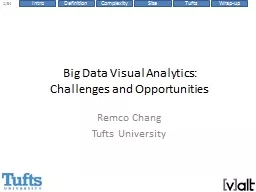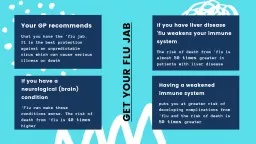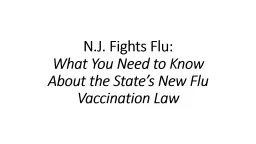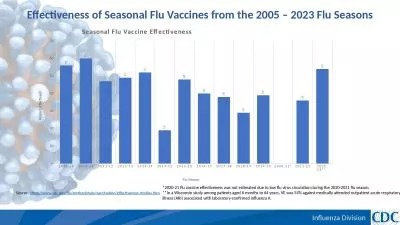PPT-Bringing Together the Social and Technical in Big Data Analytics: Why You Can't Predict
Author : tatyana-admore | Published Date : 2018-09-16
David A Broniatowski Asst Prof EMSE http wwwseasgwuedu broniatowski Public Health Cycle Population Doctors Surveillance Intervention Traditional mechanisms Surveys
Presentation Embed Code
Download Presentation
Download Presentation The PPT/PDF document "Bringing Together the Social and Technic..." is the property of its rightful owner. Permission is granted to download and print the materials on this website for personal, non-commercial use only, and to display it on your personal computer provided you do not modify the materials and that you retain all copyright notices contained in the materials. By downloading content from our website, you accept the terms of this agreement.
Bringing Together the Social and Technical in Big Data Analytics: Why You Can't Predict: Transcript
Download Rules Of Document
"Bringing Together the Social and Technical in Big Data Analytics: Why You Can't Predict"The content belongs to its owner. You may download and print it for personal use, without modification, and keep all copyright notices. By downloading, you agree to these terms.
Related Documents














